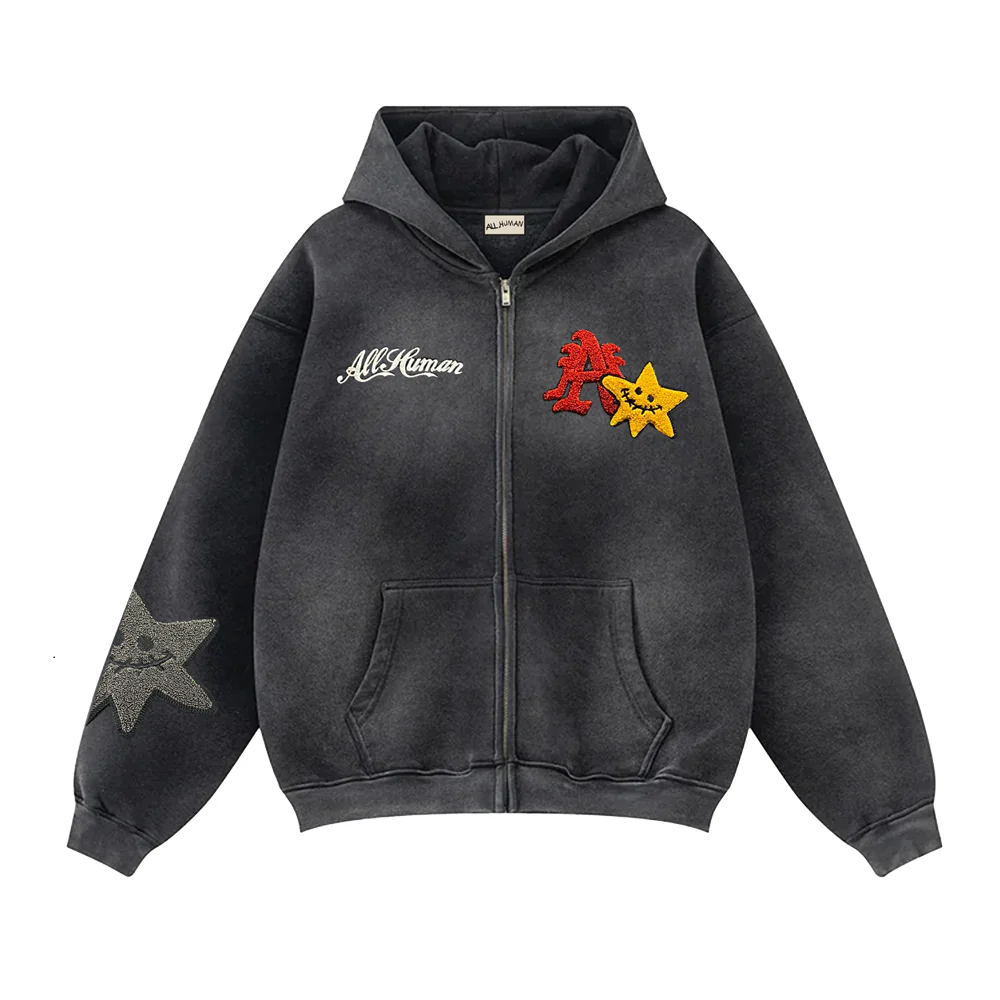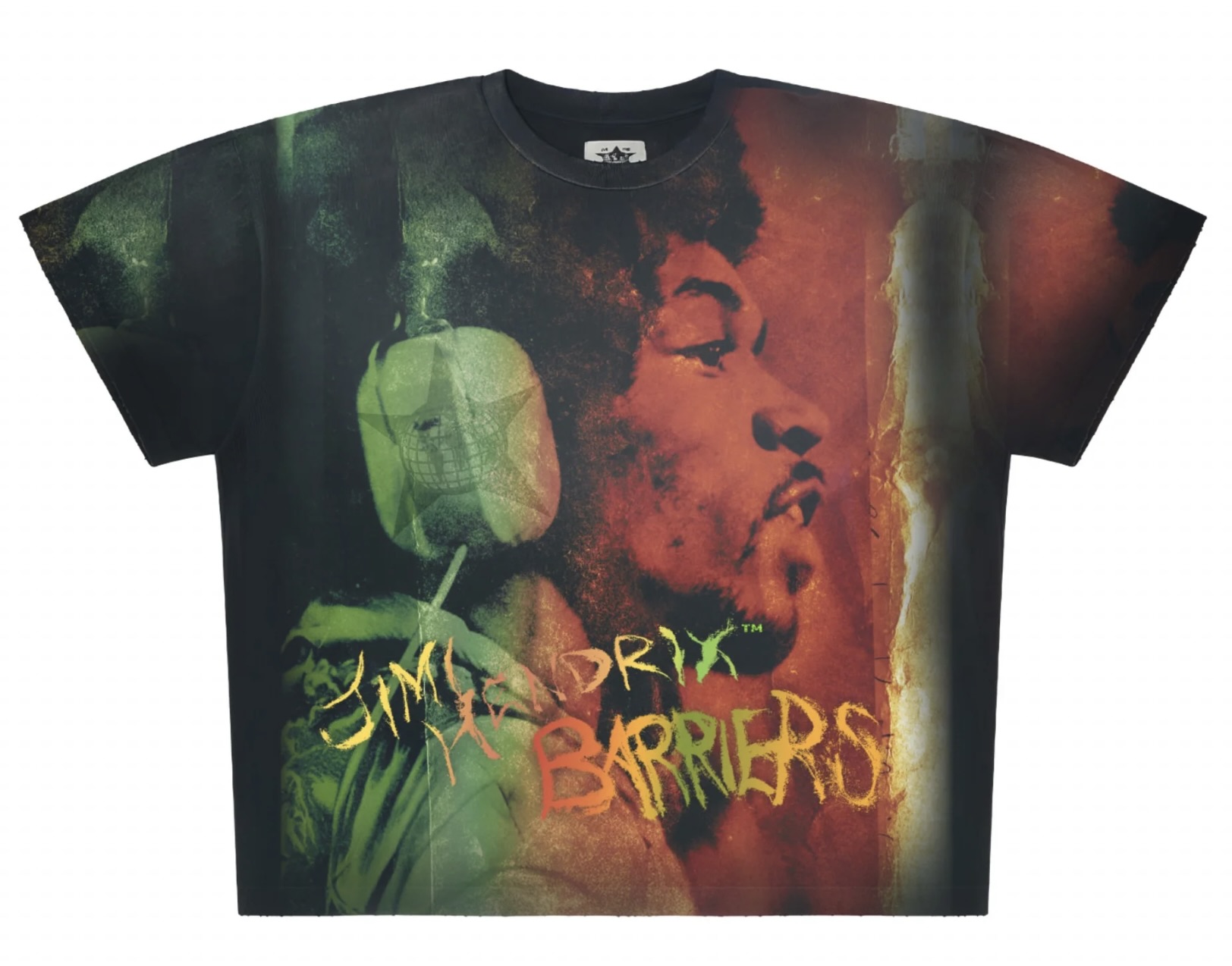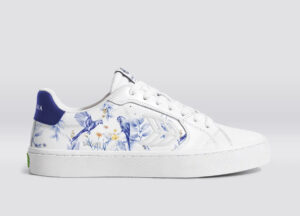When a heritage brand known for its patience and purity decides to expand, it rarely announces it with fanfare. Instead, it folds the news softly—like a freshly pressed cotton tee placed onto a shelf. That’s precisely how Merz b. Schwanenshared word of its new warehouse: a quiet notice, a brief pause in orders, and then a return to business as usual. Yet beneath that stillness, a new chapter was unfolding—one that connects the brand’s storied past with the realities of a modern, global audience.
a century in the making
Founded in 1911 by Balthasar Merz in Germany’s Swabian Alb, Merz b. Schwanen began as a small workshop producing undergarments for local workers. The early pieces were practical, but beautifully so—crafted on loopwheel knitting machines, slow circular devices that produced seamless, sturdy fabrics with a natural stretch.
For decades, these machines hummed away in the hills above the Neckar Valley until time and globalization dulled their sound. When the factory closed, the world lost more than a business; it lost a rhythm—a way of making that placed respect for material above the speed of production.
A century later, Peter Plotnicki, a Berlin-based designer and vintage aficionado, rediscovered the remains of that world. With his partner Gitta Plotnicki, he revived Merz b. Schwanen, restoring the original machinery and philosophy. The result was something rare: a modern company built entirely around the idea of not modernizing too fast.
a quiet expansion
Fast-forward to 2025, and Merz b. Schwanen is again in motion. The brand has outgrown its previous facilities and announced the transition to a new warehouse—a move that may sound ordinary but, for a label built on stillness, signifies growth without haste.
The announcement was brief: the online shop would pause for a few days while the move took place. But between the lines lay a deeper message. This wasn’t an industrial scale-up. It was a gesture toward sustainability through stability—an evolution that allows the brand to meet rising demand without compromising its DNA.
Inside this new space, stacks of loopwheel-knit tees, French-terry sweatshirts, and brushed cotton henleys await shipment. Yet the scene remains calm: muted hues of natural fabrics, shelves built from reclaimed wood, light filtering softly across the folded textiles.
The warehouse, in the Merz b. Schwanen sense, is not a factory of speed but a sanctuary of order.
the clothes that built the brand
To understand why a warehouse matters, one must understand what fills it. Merz b. Schwanen’s clothing is often described as minimalist—but minimalism doesn’t capture its warmth. Each garment carries small traces of human presence: the subtle irregularities of loopwheel knitting, the gentle brushing of cotton fleece, the signature off-white label stitched by hand.
Their Classic line offers timeless basics: crewnecks, henleys, and sweatshirts rendered in unbleached organic cotton. The Good Basics collection introduces contemporary fits, ribbed textures, and soft color palettes—dusty olive, navy, and ecru. Their women’s capsule reflects the same purity of form: tanks, tees, and relaxed dresses that could belong to any decade.
What unites them all is a tactile honesty. The fabrics breathe. The seams are invisible. The shapes recall an era before fast fashion, when clothing was meant to be lived in, repaired, and handed down.
In the new warehouse, each of these garments will be treated not as inventory but as artifacts of endurance.
the warehouse
For most fashion companies, a warehouse is a logistics hub—square footage measured in efficiency. For Merz b. Schwanen, it’s something else entirely: an architectural metaphor for how to live and work.
The brand’s new facility is structured for balance, not maximal output. Distribution is streamlined but manual, emphasizing quality control over automation. Orders are prepared in small batches; garments are folded by hand. Sustainability practices are integrated quietly—energy-efficient lighting, paper-based packaging, and recyclable labeling—but never advertised as marketing points.
This approach reflects Merz b. Schwanen’s core principle: that ethics are not trends but habits. The warehouse isn’t a branding exercise; it’s a moral one.
By expanding thoughtfully, the company ensures it can maintain small-batch production while meeting global orders from New York to Tokyo without outsourcing control or inflating waste.
View this post on Instagram
culture
In an age where fashion increasingly exists as pixels and drops, Merz b. Schwanen stands for tangibility. Their garments are slow by design—loopwheelers produce about one meter of fabric per hour. The resulting texture is unique: dense yet elastic, substantial yet supple.
This tactile quality is the brand’s quiet rebellion against digital speed. The new warehouse amplifies that idea. It serves as both a storage facility and a temple of tactility—a reminder that behind every online order lies a physical world of fibers, forms, and hands.
Each folded sweatshirt becomes a small act of resistance: proof that touch still matters.
a contemporary slow-fashion model
The move also places Merz b. Schwanen within a growing constellation of slow-fashion pioneers—brands that reject seasonal churn for timeless design. Labels like Studio Nicholson, OrSlow, and Lemaire share similar values, but Merz b. Schwanen’s authenticity stems from its technical heritage rather than aesthetic minimalism alone.
The loopwheel process, unique to a handful of machines still operating in Germany, Japan, and Italy, makes their garments nearly impossible to replicate industrially. The technique traps small air pockets within the fabric, creating a softness that lasts through years of wear.
As global audiences become more attuned to comfort and longevity, demand for such quality has grown. The new warehouse thus becomes a quiet but crucial infrastructure for the future of authenticity.
flow
Though deeply tied to its Swabian roots, Merz b. Schwanen now connects with communities worldwide—through selective stockists, a flagship store in New York City, and partnerships that extend from Seoul to Copenhagen.
The new warehouse will serve this expanded network, ensuring that each piece travels with the same care it was made with. There’s an unspoken poetry in that: garments that began in century-old German mills journeying to shelves in Brooklyn or boutiques in Tokyo, all while preserving their origin’s integrity.
texture as language
One of Merz b. Schwanen’s great strengths is its vocabulary of texture. Their loopwheel jerseys and fleece tell stories of tension and release: tightly knit yet soft to the touch. Their dye process enhances, rather than masks, the grain of the cotton. Natural irregularities are embraced, not edited out.
When these garments are stacked within the new warehouse—rows of ivory, smoke grey, moss, and navy—there’s an almost painterly sense of order. To walk those aisles would feel less like entering an industrial space and more like stepping into a living archive.
The warehouse becomes, in essence, a museum of the modern essential.
impression
Merz b. Schwanen’s new warehouse is not a story of disruption. It’s a story of endurance.
While other brands chase the illusion of reinvention, this one deepens its roots—staying true to what has always mattered: the feel of real cotton, the care of real people, the humility of real craft. The move symbolizes progress without speed, ambition without noise, and modernity without forgetting where it began.
In the quiet order of shelves and folded garments, Merz b. Schwanen continues to prove that slowness is not a weakness. It’s a strength that holds the past and the future in perfect tension.
No comments yet.






